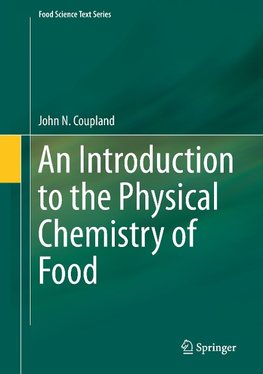
-
 Anglický jazyk
Anglický jazyk
An Introduction to the Physical Chemistry of Food
Autor: John N. Coupland
Familiar combinations of ingredients and processing make the structures that give food its properties. For example in ice cream, the emulsifiers and proteins stabilize partly crystalline milk fat as an emulsion, freezing (crystallization) of some of the... Viac o knihe
Na objednávku
79.19 €
bežná cena: 87.99 €
O knihe
Familiar combinations of ingredients and processing make the structures that give food its properties. For example in ice cream, the emulsifiers and proteins stabilize partly crystalline milk fat as an emulsion, freezing (crystallization) of some of the water gives the product its hardness and polysaccharide stabilizers keep it smooth. Why different recipes work as they do is largely governed by the rules of physical chemistry.
This textbook introduces the physical chemistry essential to understanding the behavior of foods. Starting with the simplest model of molecules attracting and repelling one another while being moved by the randomizing effect of heat, the laws of thermodynamics are used to derive important properties of foods such as flavor binding and water activity. Most foods contain multiple phases and the same molecular model is used to understand phase diagrams, phase separation and the properties of surfaces. The remaining chapters focus on the formation and properties of specific structures in foods - crystals, polymers, dispersions and gels.
Only a basic understanding of food science is needed, and no mathematics or chemistry beyond the introductory college courses is required. At all stages, examples from the primary literature are used to illustrate the text and to highlight the practical applications of physical chemistry in food science.
- Vydavateľstvo: Springer New York
- Rok vydania: 2014
- Formát: Hardback
- Rozmer: 260 x 183 mm
- Jazyk: Anglický jazyk
- ISBN: 9781493907601











 Nemecký jazyk
Nemecký jazyk 
